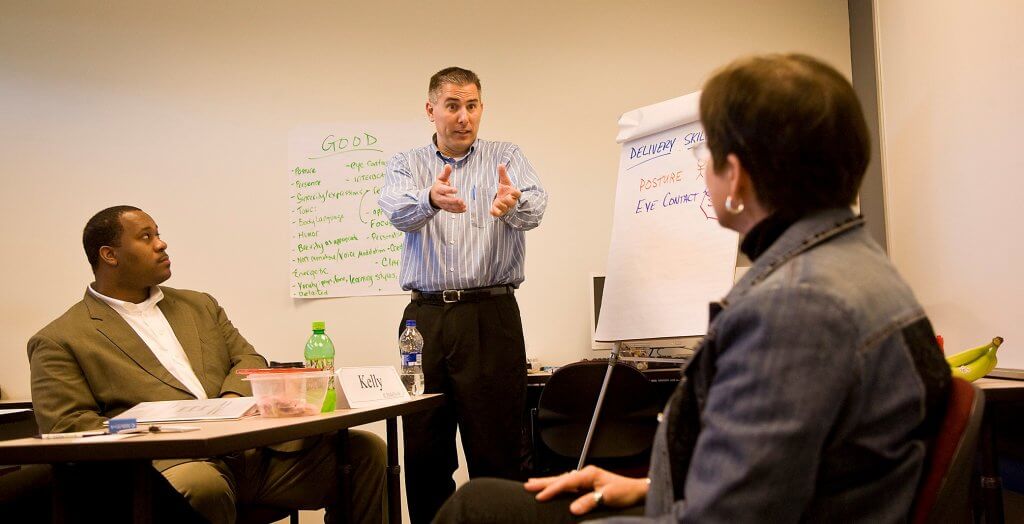May the Fourth is National Star Wars Day . I always wondered how those fans made the connection — no one in the Star Wars movies speaks with a lisp (May the Fourthce be with you?). But I digress.
May the Fourth is also National Weather Observers Day, National Orange Juice Day, Bird Day, and National Teacher Appreciation Day. There are lots of reasons I can get behind this last celebration. My first job, fresh out of college at the ripe old age of 22, was as a public high school teacher. It was the only job in my life I can say I was an abject failure at. Looking back, I lacked skill, personal awareness, and patience. I tried to make up for it with enthusiasm and old-fashioned work ethic. But I left after one year a beaten and broken man. There was no Year Two.
I’ve always appreciated the teachers I had who made an effort and a difference. As the years move on, I appreciate them more and more and remember lessons and tidbits from classrooms long ago. Sadly, many of my old instructors have passed on to a higher education.
My last reason to appreciate teachers is that my youngest child is graduating high school in a few weeks. I am grateful for the progress she has made and the teachers who invested long hours and emotion into my children.
But all teachers aren’t great (I certainly wasn’t). Probably the most egregious presumption that gets teachers (and presenters in any forum) into trouble is the assumption that good knowledge equates to good teaching. In the business world, we call those that know a lot SMEs (Subject Matter Experts). A graduate professor once taught me that the best person to teach a subject was probably the last person to have learned the material. If that is true, highly trained and experienced teachers/SMEs are the worst people to teach material. They know (and probably say) too much.
Here are three content tips that I’ve learned later in life that would have helped me dearly as a teacher three decades ago.
- Instead of starting with what you should (or shouldn’t) say, start with the audience. Ask yourself what they know, what they don’t know, why they haven’t learned it on their own, what obstacles stand in their way, and how they are most likely to learn and retain what’s important. If it took you years to learn what you know, create realistic objectives about what they should walk away with after an hour (or a day).
- Instead of taking everything you know and trying to fit it into a specified time, start with a central theme, build a simple structure, add supporting structure, and then add details only as time allows (see our blog on Find Your One Thing a few months ago). The order is critically important. Start with a little and build to a lot — don’t start with a lot and try to make it fit into a little. The way to adjust for time is in the level of detail, not the speed you rush through the material.
- Visuals (PowerPoint) are not content. They are visual aids, designed to help your content get to the mind of your listeners easier or quicker. Create content — everything you want to say — before you create visuals.
The purpose of teaching is not to tell what you know. Rather, it’s to get others to know what you know. One of the first quotes I learned about teaching is applicable and worth remembering:
“If the learner hasn’t learned, then the teacher hasn’t taught.”
All your content should be driven around the purpose of what the audience will take away. As in all areas of communication, Rule #1 (it’s not about you) is in full effect.
Related SpeakerChat:
Related Articles:
- Blog: Find Your One Thing – Amidst the Junk You Keep
- Blog: Visual Aids for Speech: Have a Purpose
- YouTube Videos: MillsWyck Communications YouTube Channel
Communication matters. What are you saying?
Want more speaking tips? Check out our Free Resources page and our YouTube channel.
We can also help you with your communication and speaking skills with our Workshops or Personal Coaching.
This article was published in the May edition of our monthly speaking tips email newsletter, Communication Matters. Have speaking tips like these delivered straight to your inbox every month. Sign up today to receive our newsletter and receive our FREE eBook, “Twelve Tips that will Save You from Making a Bad Presentation.” You can unsubscribe at any time.




